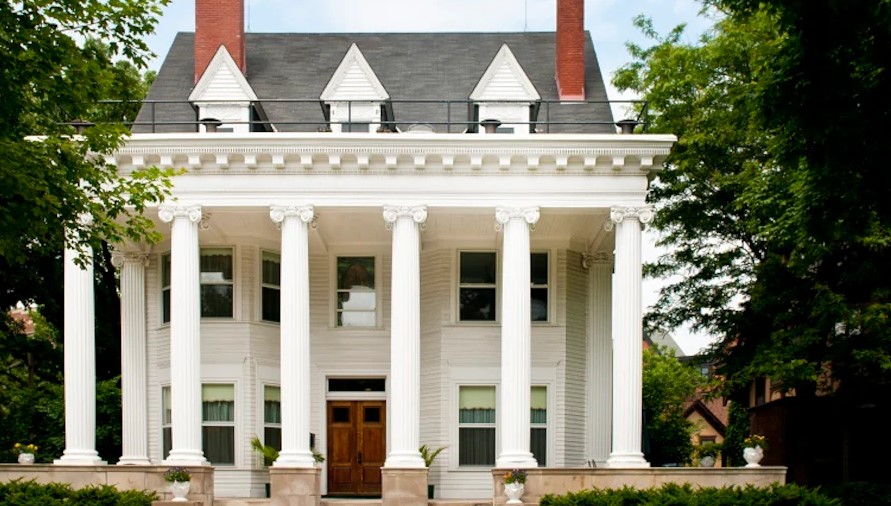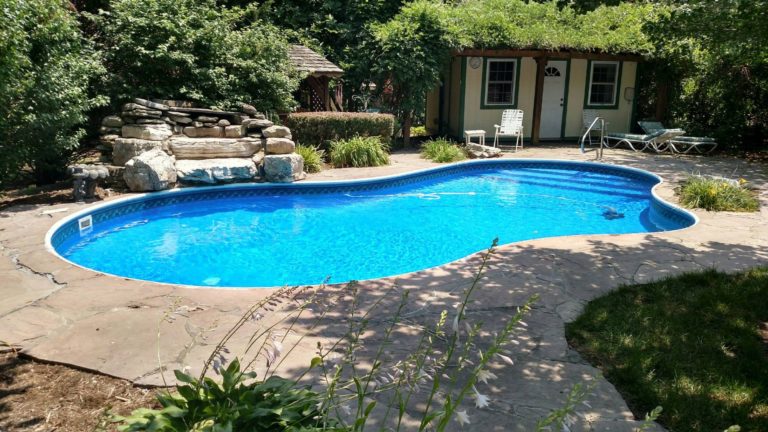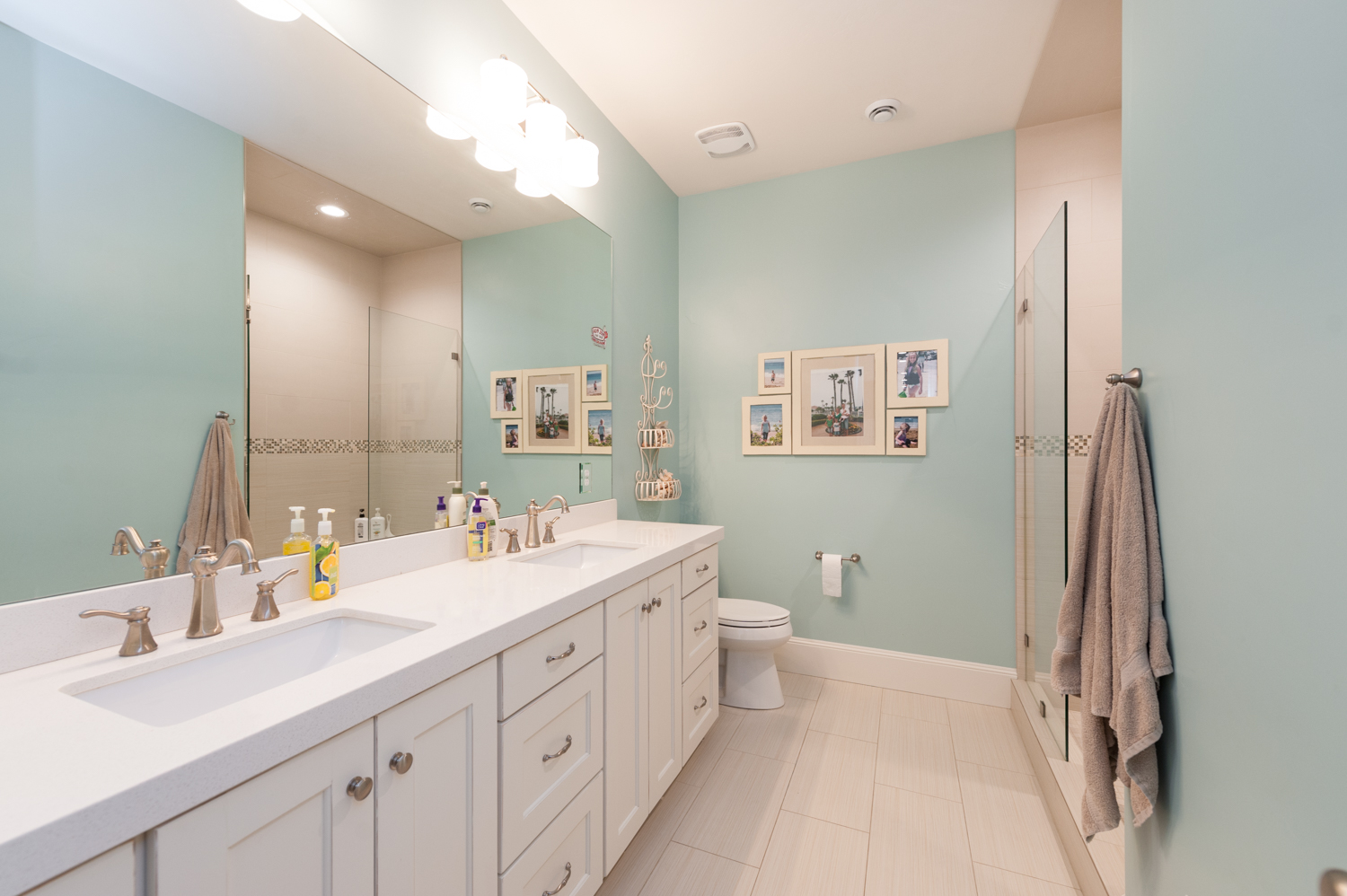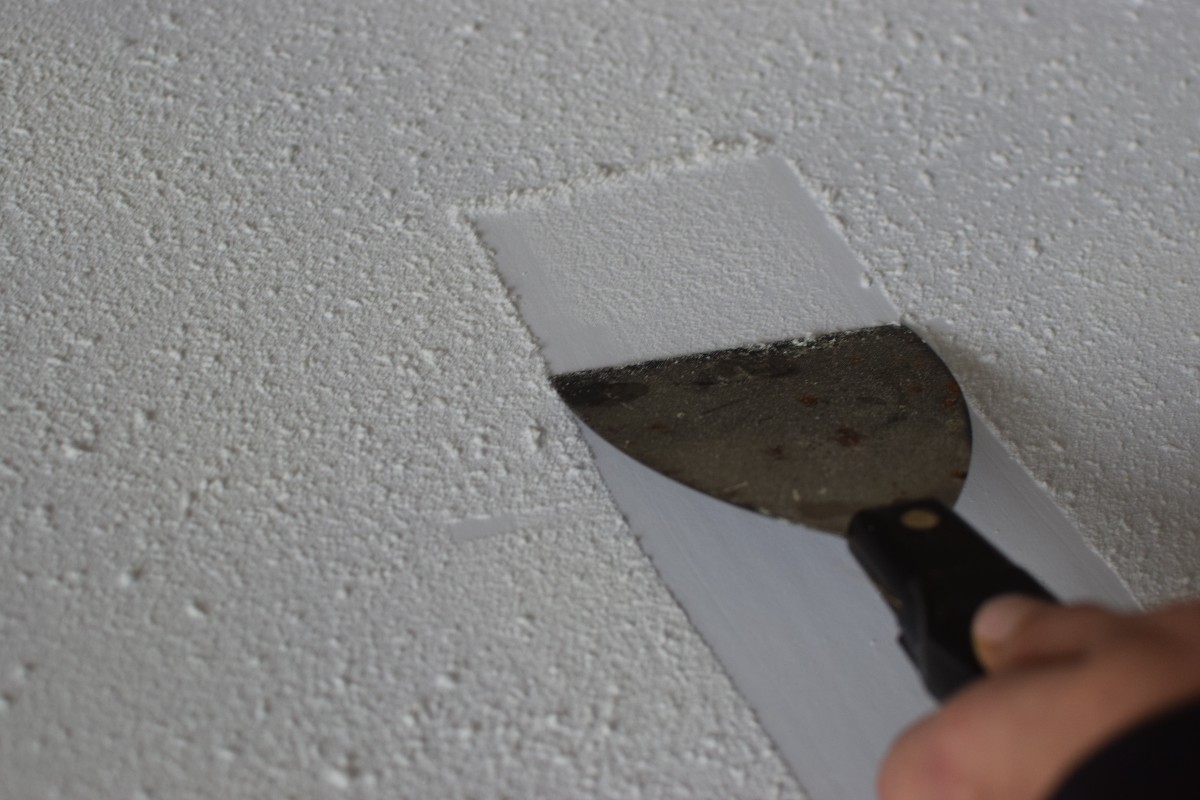Contents
Colonial houses have stood the test of time as one of the most elegant, durable, and sought-after architectural styles. With roots tracing back to the 1600s, colonial-style homes are a testament to symmetry, simplicity, and functionality. This architectural form is a favorite among homeowners for its charm and historical significance, yet its timeless design also adapts well to modern living.
In this article, we’ll explore the best colonial house styles, breaking down their unique features, the different types of colonial homes, and why they continue to capture hearts across generations.
What Defines Colonial Architecture?
Colonial architecture is well-known for its simplicity, symmetry, and proportional design. These homes are typically rectangular, with gabled roofs and centered front doors. The exterior is often brick or wood, lending a stately appearance. A key feature of colonial homes is their symmetrical windows and classic shutters, creating a balanced look that is aesthetically pleasing.
Key Features of Colonial Houses:
- Symmetrical façade: These homes usually have evenly spaced windows, often in pairs, creating a visually balanced exterior.
- Gabled roofs: Steep, pitched roofs with side gables are typical.
- Central front door: The front door is typically centered, sometimes accompanied by sidelights or a decorative transom window.
- Shutters: Traditional shutters, which were originally functional, now add a decorative element to colonial homes.
These features contribute to a home design that feels both welcoming and sturdy, standing as a perfect blend of tradition and timelessness.
Popular Colonial House Styles
Colonial architecture has evolved over centuries, incorporating various regional influences, giving rise to several distinct styles. Whether you’re drawn to the stately elegance of Georgian Colonial or the unique charm of Dutch Colonial, each style offers something unique. Below are some of the best-known colonial house styles:
1. Georgian Colonial
The Georgian Colonial style is perhaps the most iconic and formal variation. It emerged in the 18th century and is characterized by its rigid symmetry and grand proportions. These homes often feature large windows with small panes, elaborate front entrances with columns, and a pediment above the door. The Georgian Colonial style exemplifies elegance, making it a favorite for those seeking a traditional, stately appearance.
2. Federal Colonial
The Federal-style colonial home is a refined evolution of the Georgian style, popular after the American Revolution. Its design elements include curved lines, more intricate decorative details, and elliptical windows. Federal colonial homes also maintain the symmetrical layout but with a lighter, more delicate aesthetic, often featuring fanlights or side lights around the front door.
3. Dutch Colonial
The Dutch Colonial style is distinguished by its gambrel roof, which gives the home a barn-like appearance. This design originated in the Hudson River Valley in the 1600s, brought by settlers from the Netherlands. Dutch Colonial homes typically feature a broad roof with flared eaves, creating additional interior space for upper floors. This style often evokes a cozy, rustic charm, making it one of the more unique types of colonial architecture.
4. Spanish Colonial
The Spanish Colonial style emerged in the American Southwest, influenced by Spanish settlers. Unlike other colonial styles, this one often uses stucco, adobe, or brick, with red-tiled roofs and arched doorways. Spanish Colonial homes often blend harmoniously with their natural surroundings and offer a distinct, warm ambiance.
5. French Colonial
The French Colonial style, prevalent in Louisiana and the Mississippi River Valley, features high ceilings and steep roofs designed to cope with hot, humid climates. These homes often have large, wraparound porches supported by wooden columns, ideal for ventilation and outdoor living.
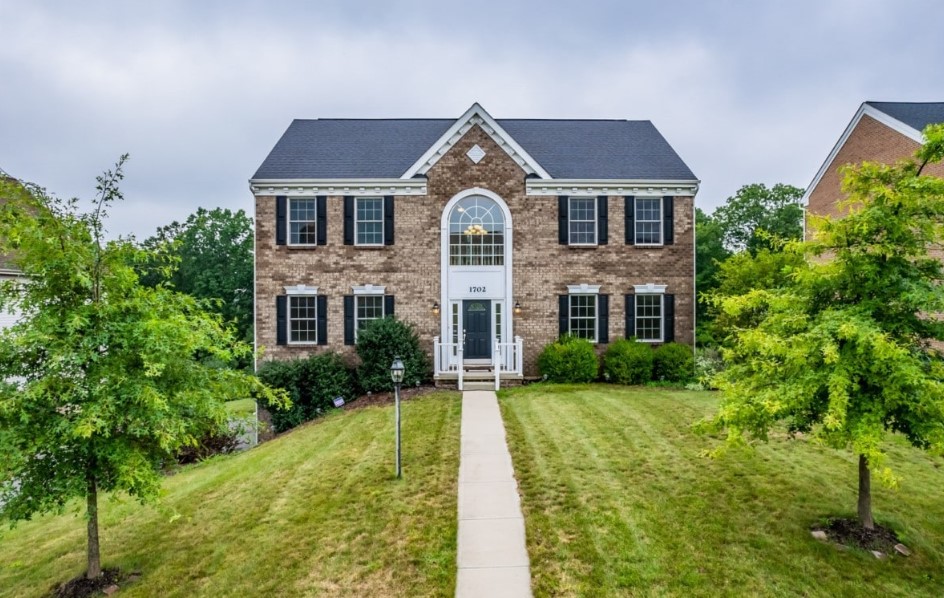
Colonial Home Design for Modern Living
While colonial homes are rooted in historical traditions, their classic design works surprisingly well for contemporary lifestyles. Many homeowners are drawn to colonial house styles because of their versatility. With their rectangular layout, colonial homes provide ample space for modern renovations, whether you’re expanding the kitchen, adding a family room, or incorporating energy-efficient features.
Blending the Old with the New
Restoring a colonial home offers a unique opportunity to maintain historical character while introducing modern amenities. From updating the colonial-style windows for better insulation to renovating the classic colonial porch for outdoor entertainment, it’s easy to make a colonial house your dream home.
Why Choose a Colonial House?
Colonial homes are more than just beautiful—they’re built to last. Their simple, symmetrical layouts have been a staple of American residential design for centuries. Whether you’re interested in traditional colonial homes or leaning toward a colonial revival architecture, there’s something inherently timeless about this style that continues to resonate with homeowners.
Benefits of Colonial Homes:
- Timeless Elegance: Colonial homes have a classic, historical look that never goes out of style.
- Durable and Resilient: The robust design of colonial architecture ensures longevity and strength.
- Customizable for Modern Living: While deeply traditional, colonial homes can easily accommodate modern renovations and lifestyle needs.
- Curb Appeal: The symmetrical design and stately appearance provide unmatched curb appeal, making colonial homes a top choice for resale value.
Frequently Asked Questions
What is the difference between Georgian Colonial and Federal Colonial styles?
Georgian Colonial homes are characterized by their strict symmetry, large windows, and formal design. Federal Colonial homes, on the other hand, retain the symmetry but are more delicate, often featuring curved lines, fanlights, and additional decorative elements.
How do I modernize a colonial house?
Modernizing a colonial home can involve updating windows for energy efficiency, remodeling kitchens or bathrooms, or adding open-concept living spaces while retaining the historical exterior. It’s all about balancing modern comforts with traditional charm.
What is the most common material used in colonial homes?
Traditional colonial homes are often built with brick or wood, depending on the region. Brick colonial houses are especially common in urban areas, while wood was more typical in rural settings.
Can a colonial home be energy-efficient?
Yes, with the right upgrades! Modern insulation, energy-efficient windows, and updated heating and cooling systems can make colonial homes much more sustainable without compromising their historical appeal.
Final Thoughts
Whether you’re a fan of the symmetrical, stately design of a Georgian colonial or drawn to the rustic charm of a Dutch colonial house, these homes offer a unique blend of history and beauty. With proper maintenance and modern updates, colonial homes can last for generations while retaining their timeless appeal. Investing in a colonial house means investing in a piece of architectural history—a home that tells a story while providing a perfect canvas for future memories.
You May Also Read:

